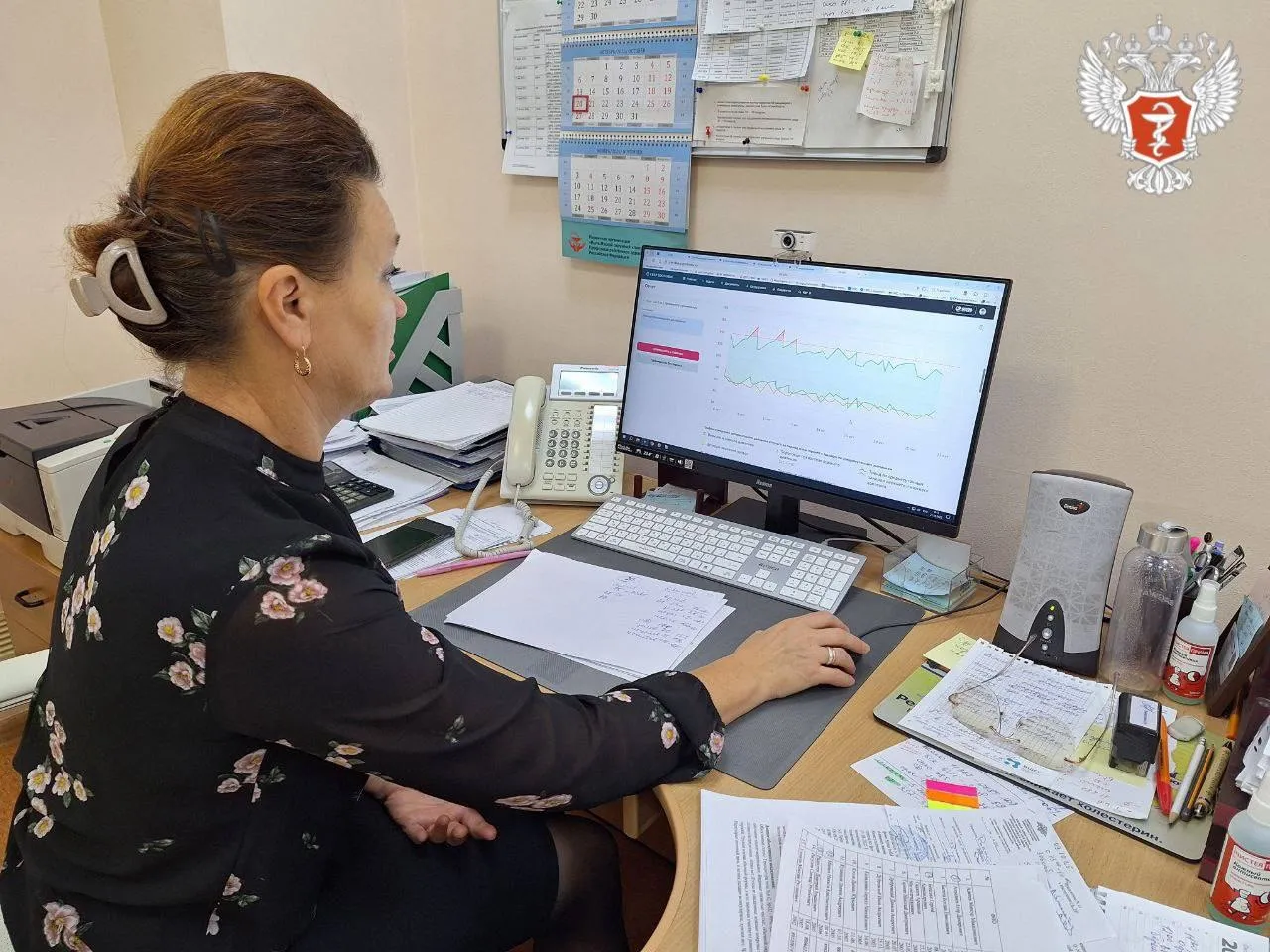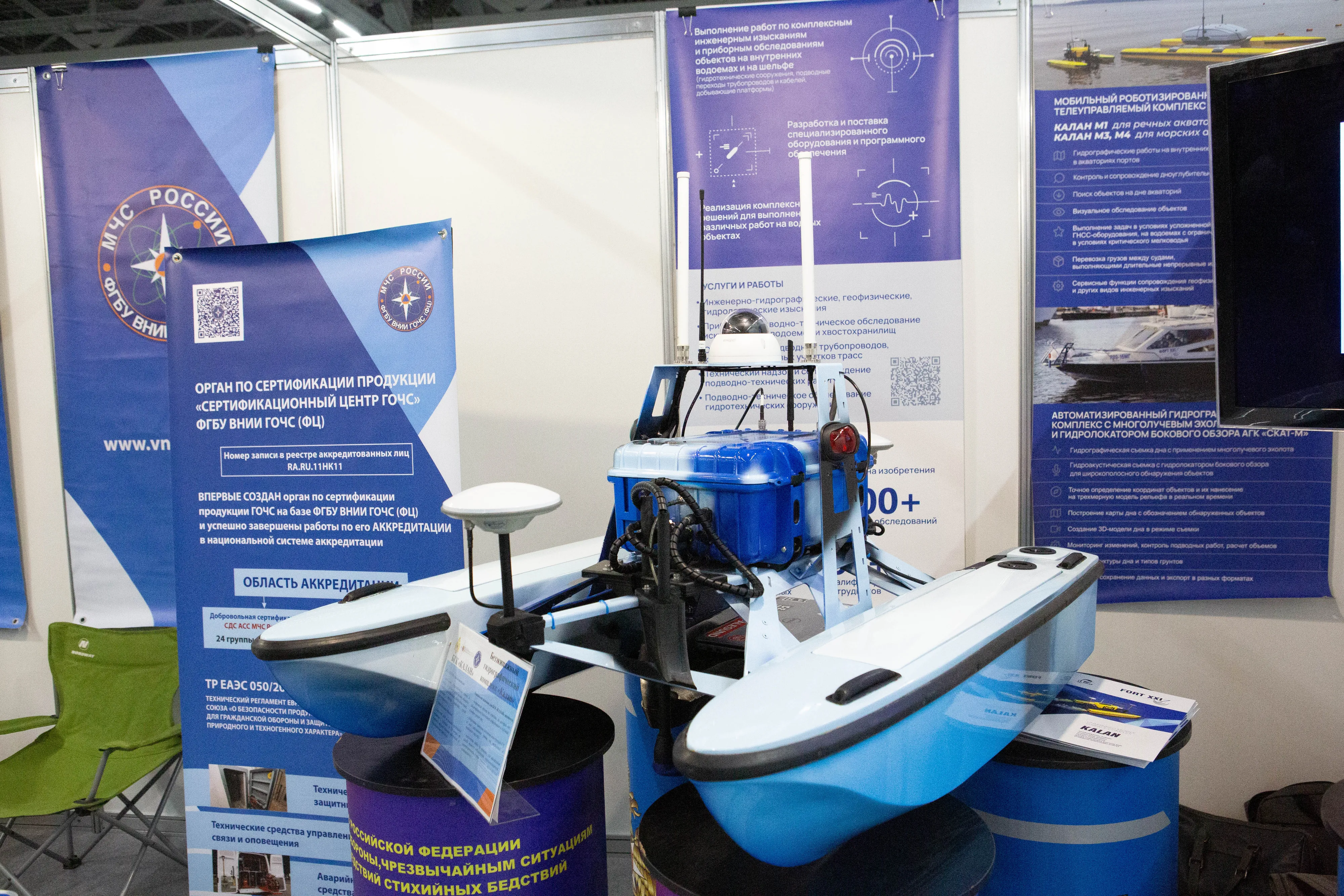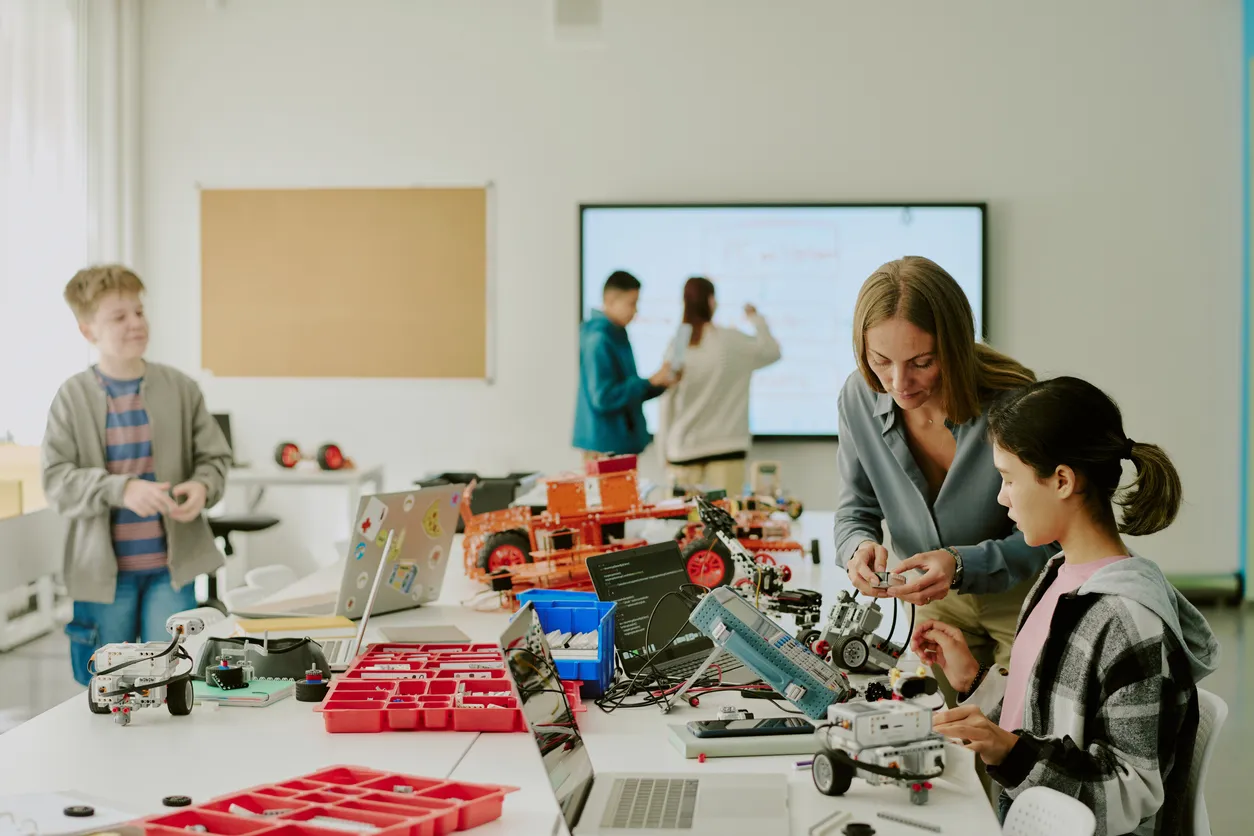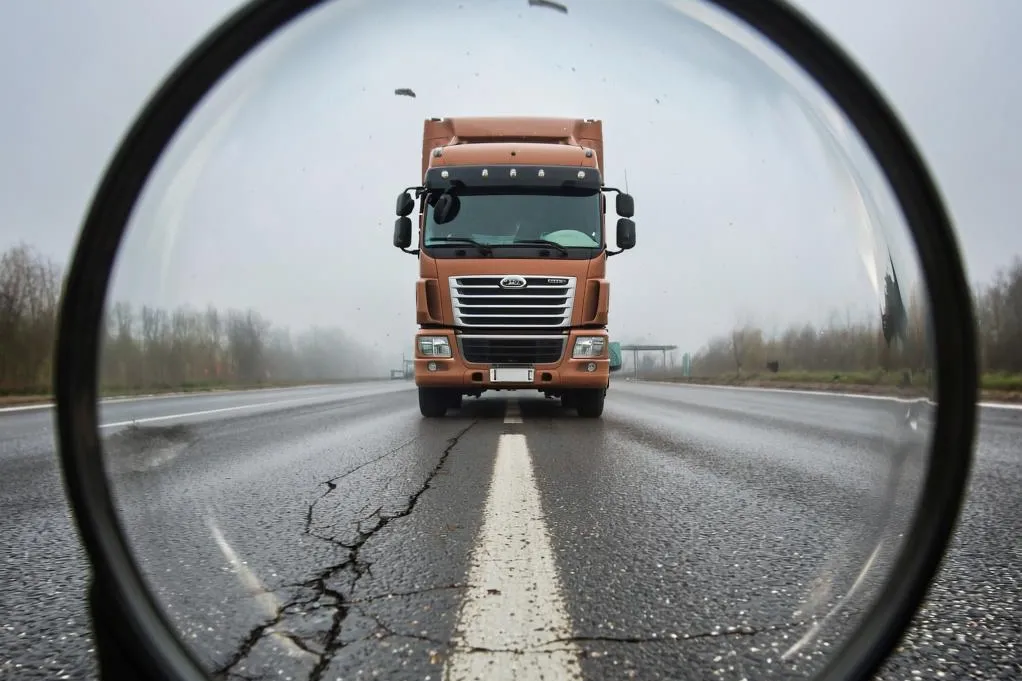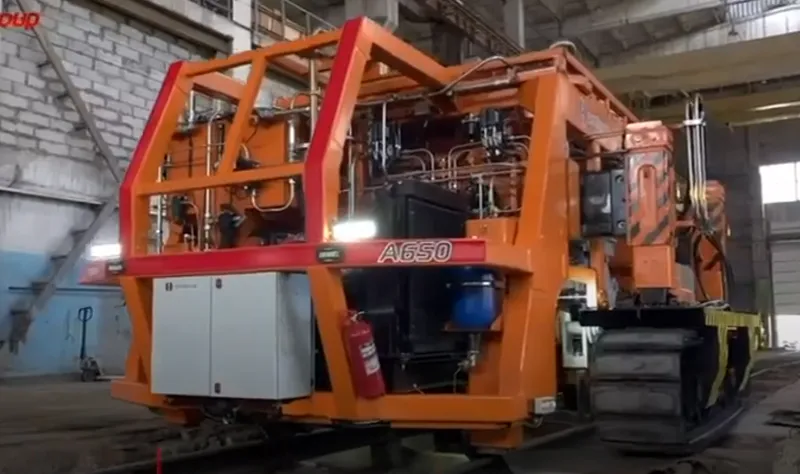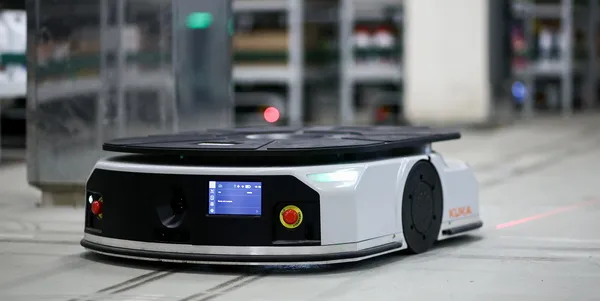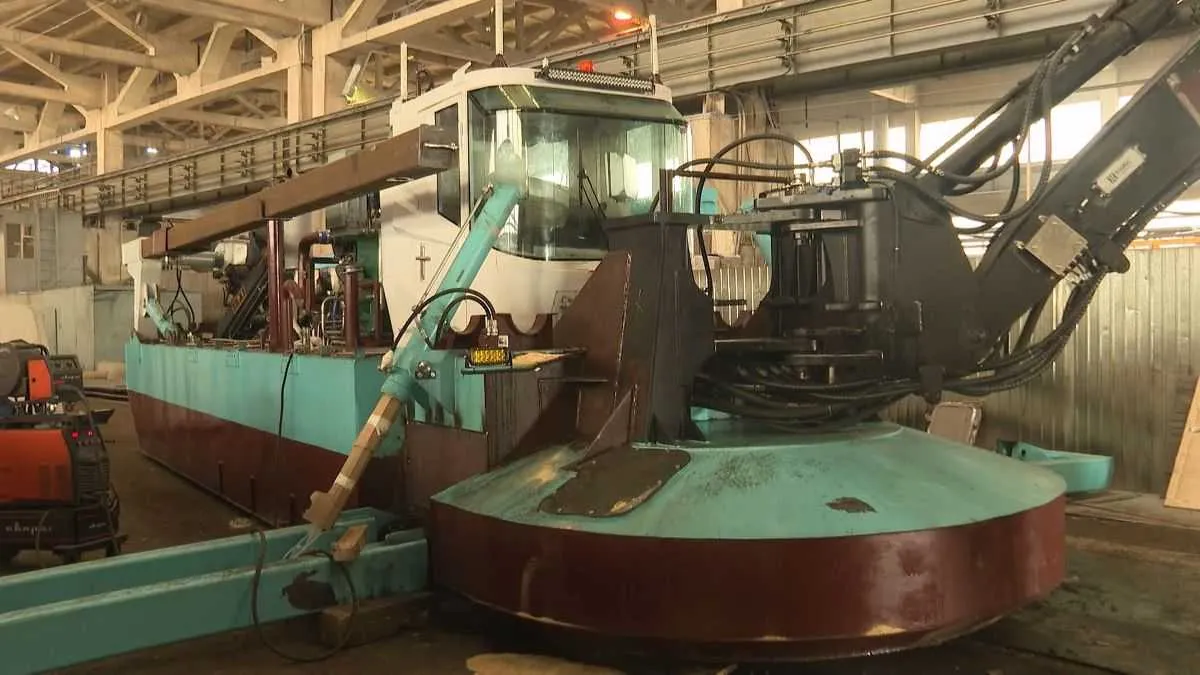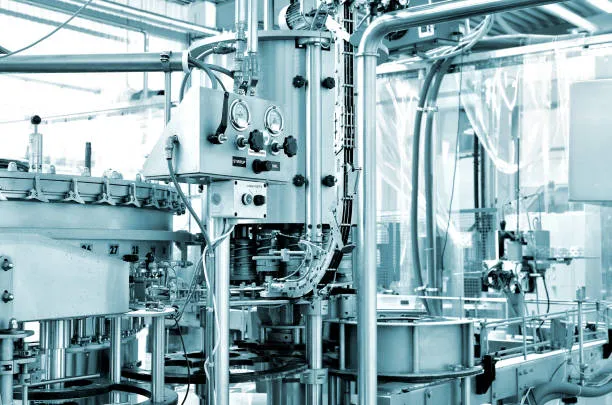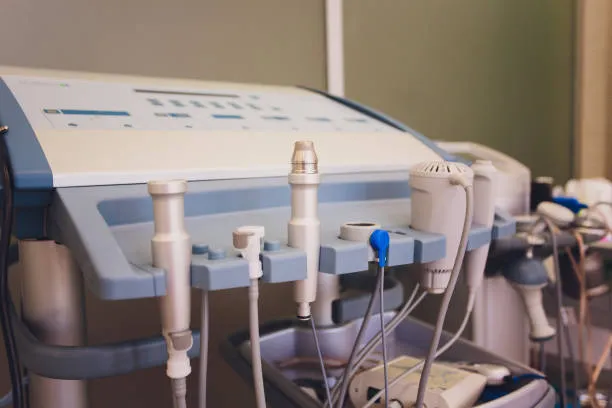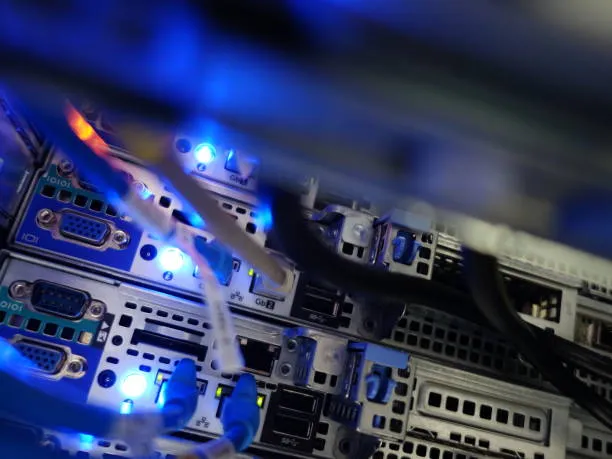Digital Tech Is Making Arctic Labor Safer
Russia’s Murmansk region is using AI and virtual reality to protect workers in one of the world’s harshest climates.
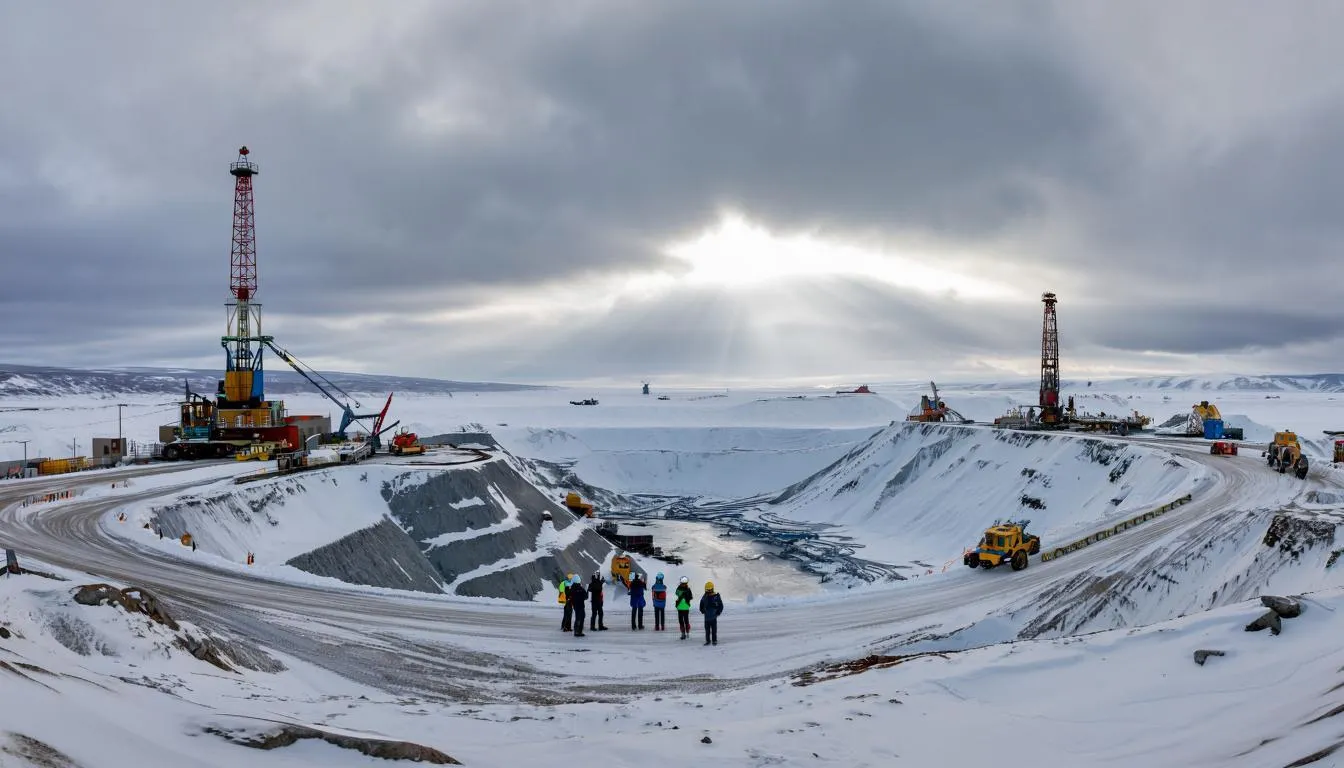
In Russia’s Arctic north, the Murmansk region is redefining what workplace safety looks like. By deploying artificial intelligence and VR simulators, the region has drastically reduced industrial injuries and violations — and its success was showcased at a national labor-safety conference in Yakutia.
A digital shield for workers
According to regional labor-safety chief Maxim Romashchenko, Murmansk’s digital transformation program uses computer vision systems that analyze live video feeds from industrial sites. These algorithms automatically detect safety violations — like missing protective gear — and flag risks before accidents happen.
The region also uses centralized digital platforms to manage everything from audits and risk assessments to worker schedules. By replacing paper-based workflows with electronic systems, companies have reduced human error and improved traceability. Meanwhile, VR and AR simulators let workers practice complex, high-risk operations in realistic environments without endangering themselves — a crucial advantage in mining and energy sectors.
Fewer violations, safer outcomes
The results are striking: over the past five years, safety-gear violations dropped by 87%, and in just the first nine months of this year, AI systems detected and prevented more than 1,400 serious breaches by contractors.
Murmansk’s experience is becoming a national model for how technology can protect workers, particularly in extreme environments. It also reflects a broader shift in Russia’s industrial strategy — toward digital twins and intelligent control systems that can optimize production while keeping humans out of harm’s way.







